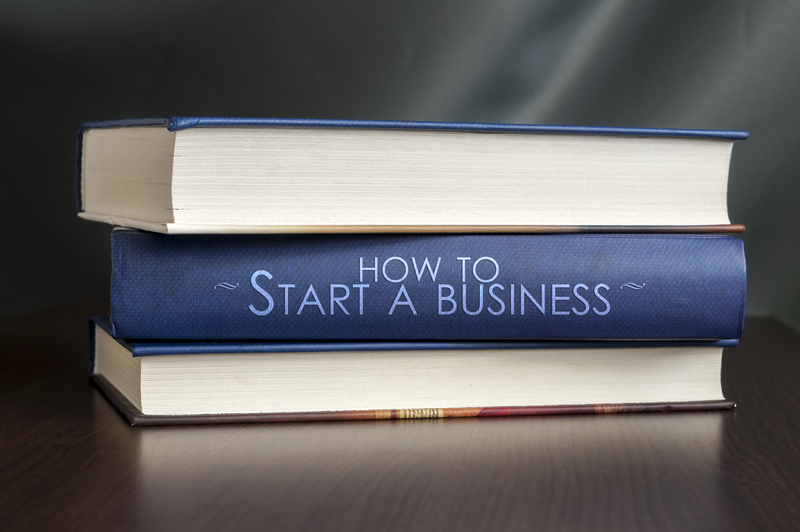RRSPs are one of the best methods of saving for retirement. However, many people do not fully understand this form of investment. The following are some basics you need to know about RRSPs.
What is an RRSP?
A Registered Retirement Savings Plan is a sheltered account provided by the Canadian government to assist Canadians in saving for retirement. Contributions are tax-deductible and earnings are tax-sheltered. Contributors delay the payment of taxes until retirement, when their tax rate is lower than during their working years.
How much can I contribute?
The holder of an RRSP can contribute 18% of their yearly income, up to their annual contribution limit. You can find your limit on your Notice of Assessment from the Canada Revenue Agency.
When should I start contributing to an RRSP?
There is no minimum age for beginning an RRSP. As long as you have employment income and file a tax return, you may set up and contribute to an RRSP.
What investments can I hold in an RRSP?
- Mutual funds
- Exchange-Traded Funds (ETFs)
- GICs
- Stocks/Equities (both Canadian and foreign)
- Certain shares of small business and venture capital corporations
- Options, REITs, coins.
- Cash
- Investment-grade gold and silver bullion
- Treasury bills (T-bills)
- Bonds (government, corporate and strip bonds)
- Canadian mortgages
- Mortgage-backed securities
- Income trusts
What investments are not allowed to be held in an RRSP?
- Precious metals
- Personal property such as art, antiques and gems
- Commodity futures contracts
Where can I open an RRSP account?
- Banks and trust companies
- Credit unions and caisses populaires (cooperative, member-owned financial institutions)
- Mutual fund companies
- Investment firms (for self-directed RRSPs)
- Life insurance companies
What happens when I turn 71?
In the year you turn 71, you need to convert or collapse your RRSP by converting it to an RRIF (Registered Retirement Income Fund), purchase an annuity or both.
Things you should know:
- Unused contribution room carries over indefinitely.
- You can set up a recurring transfer from your chequing to your RRSP so you won’t be left scrambling to find money to contribute.
- First-time homebuyers can make a tax-free RRSP withdrawal of up to $35,000 to purchase a home through the Home Buyers’ Plan (HBP). You have 15 years to make equal installment contributions back to your RRSP to replace the funds you withdrew.
- With the Lifelong Learning Plan (LLP), you or your spouse can withdraw up to $10,000 in a year to further your education, with a total limit of $20,000 over four years. Once your education is complete, you’ll repay 1/10 of the total amount you withdrew, every year, until it’s fully repaid.
For most Canadians, an RRSP is the most tax-effective investment they can make. Contribute to your RRSP while in a high tax bracket to get immediate tax savings, then pay taxes on withdrawals from the plan while in a lower tax bracket.
Looking for business and investment advice? Contact Cook and Company Chartered Professional Accountants. We are based out of Calgary, Alberta, serving clients across Canada and the United States. We provide high-quality tax, assurance and succession planning services for a wide variety of privately-owned and managed companies. Contact us for a complimentary consultation.












